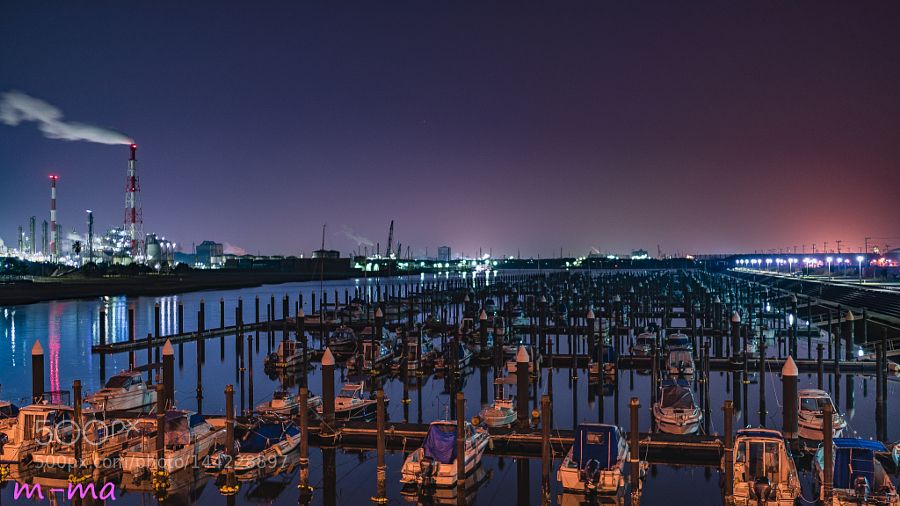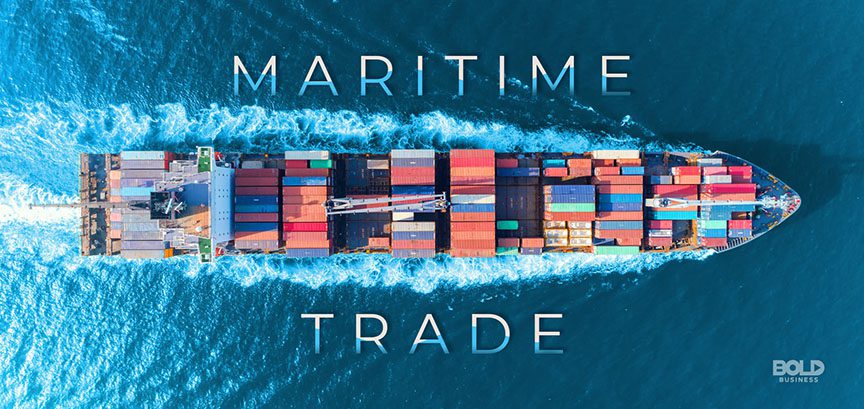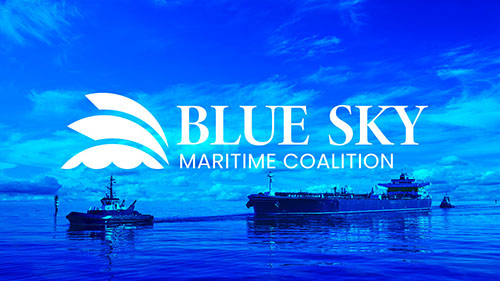1. General Overview of Aboshi Port
Aboshi Port is a designated Important Port under Japan’s Port and Harbor Law (港湾法 Article 2.2), administered by Hyogo Prefectural Government’s Port Bureau. Key characteristics:
– Official designation: Class-1 Major Port (MLIT Notice No. 2021-15)
– Location: 34°43’12″N, 134°49’36″E (Japan Hydrographic Association Chart W127, 2023 edition)
– Annual cargo volume: 12.8 million tons (2022 Hyogo Port Statistics Report)
– Main facilities:
– 12 operational berths (depth 7.5-14m)
– 2 general cargo terminals (North Terminal and South Terminal)
– 1 dedicated steel terminal (Aboshi Steel Wharf)
– 1 oil terminal (capacity 50,000 DWT)
– Port limits: Defined in Hyogo Prefectural Ordinance No. 78 (2020 revision)
2. Port Rules and Regulations
2.1 Navigation Rules
– Vessel traffic service (VTS):
– Mandatory for vessels >3000 GT (Japan Coast Guard Ordinance No. 22)
– VHF Channels: 16 (emergency), 12 (working), 14 (VTS)
– Pilotage requirements:
– Compulsory for vessels >10,000 GT or carrying Class-1 hazardous materials (Maritime Safety Law Article 16)
– Pilot boarding area: 1.5nm NE of port entrance (34°44’N, 134°50’E)
– Speed limits:
– 8 knots within inner harbor areas (Hyogo Prefecture Port Ordinance No. 42)
– 5 knots in designated maneuvering areas (Berths 1-4)
– Anchorage areas:
– Designated zones A1-A3 (Aboshi Port Ordinance Annex 1)
– Holding capacity: 6 vessels >20,000 DWT simultaneously
– Special navigation restrictions:
– Prohibited areas within 200m of LNG terminal (Security Zone Ordinance 2018)
– Night navigation restrictions for vessels >200m LOA
2.2 Berthing Regulations
– Mooring requirements:
– Minimum mooring lines: 4 for vessels <10,000 DWT, 6 for larger vessels (ISO 3913 standard)
– Mooring line standards: Minimum breaking load ≥110% of vessel’s GT (ClassNK Guidelines 2021)
– Synthetic ropes prohibited for vessels >50,000 DWT
– Gangway requirements:
– Angle ≤30°
– Safety net mandatory (Japan Industrial Safety and Health Act Section 518-3)
– Illumination required during night operations
– Cold ironing:
– Available at Berths 5-8 (ISO/IEC/IEEE 80005-1 compliant)
– 6.6kV/60Hz system capacity
– Ballast water management:
– Must comply with Japan’s 2004 Ballast Water Management Act
– Mandatory reporting 24 hours before arrival
2.3 Cargo Operations
– General cargo handling:
– Maximum working load limits posted at each berth
– Wind speed restrictions: Operations cease at >15m/s sustained winds
– Steel cargo specific regulations:
– Steel coil handling requires certified spreader bars (JIS F 2001 standard)
– Securing must follow IMO MSC.1/Circ.1352/Rev.1
– Special lifting gear required for slabs >20 tons
– Hazardous materials:
– Must follow ISPS Code Part A/4.16 and Japan’s Fire Service Act
– Requires Type-1 certified operators (Japan Fire Service Act Article 13-2)
– Segregation zones clearly marked at South Terminal
– Container operations:
– VGM declaration mandatory per SOLAS VI/2
– RTG cranes certified to ISO 4309:2017 standard
– Bulk cargo operations:
– Dust suppression measures required
– Loading rate restrictions at certain berths
3. Compliance and Enforcement
3.1 Inspections
– Port State Control:
– Tokyo MOU inspection regime applies (2023 targeting factor 7.8%)
– Concentrated Inspection Campaigns (CICs) conducted biannually
– Document verification:
– Valid certificates required: SMC, ISSC, IOPP, CSR
– Crew documents: STCW compliant licenses and medical certificates
– Equipment checks:
– Focus on emergency towing arrangements (SOLAS II-1/3-4)
– ECDIS backup systems (IMO SN.1/Circ.266/Rev.1)
– Lifeboat launch systems (LSA Code Section 4.4)
– Structural inspections:
– Annual surveys by ClassNK or equivalent IACS members
– Special attention to hull stress areas for bulk carriers >15 years
3.2 Penalties
– Navigation violations:
– Up to ¥500,000 fine for speed limit violations (Port Regulation Art. 56)
– Suspension of port entry privileges for repeat offenders
– Pollution offenses:
– Up to ¥10 million fine (Water Pollution Control Law Article 30)
– Criminal charges for deliberate discharges
– ISPS violations:
– Immediate expulsion from port (Japan Coast Guard ISPS Code Implementation Rules)
– Mandatory security audit before re-entry
– Operational violations:
– Work stoppage orders for unsafe cargo operations
– Blacklisting in Japan MOL System (MLIT Notice 593) for serious breaches
4. Safety Provisions
4.1 Emergency Procedures
– Oil spill response:
– Immediate notification to Kobe Marine Pollution Control Center (MPCC)
– 500KL containment equipment on-site (Hyogo Prefecture Disaster Prevention Plan)
– Designated recovery vessels on 24/7 standby
– Firefighting:
– Port maintains 3 fireboats meeting NFPA 1925 standards
– Fixed foam systems at oil terminal
– Mutual aid agreement with Kobe City Fire Department
– Medical facilities:
– AMSA-certified first aid stations with AED units at Pier 3 and Pier 7
– Designated emergency transport routes
– Hyperbaric chamber available at Kobe Emergency Hospital
– Search and rescue:
– Japan Coast Guard Station Himeji response time <30 minutes
– MOB procedures posted at all berths
4.2 Crew Safety
– Working hours:
– Must comply with MLC 2006 Title 2
– Maximum 14-hour work period with minimum 10-hour rest
– PPE requirements:
– ANSI/ISEA 121-2018 standard for fall protection
– Chemical-resistant suits for hazardous cargo handling
– High-visibility clothing mandatory in operational areas
– Enclosed space entry:
– SOLAS XI-1/7 procedures strictly enforced
– Mandatory gas testing every 30 minutes
– Rescue teams on standby during operations
– Hot work:
– Permits require gas-free certification (SOLAS XI-1/Regulation 5)
– Fire watch maintained for 1 hour after completion
– Training requirements:
– Annual refresher courses for terminal workers
– Specialized training for steel cargo operations
5. Environmental Regulations
– Air emissions:
– Sulfur content limit: 0.1% for fuel at berth (Air Pollution Control Act Amendment 2020)
– Continuous monitoring for SOx/NOx (Japan Air Quality Law Article 18-2)
– Shore power priority for vessels at berth >4 hours
– Waste management:
– MARPOL Annex V compliant facilities available 24/7
– Waste disposal must use licensed contractors (Japan Waste Management Law Article 6)
– Segregated reception facilities for different waste types
– Water quality protection:
– No discharge zone within 3nm of port
– Ballast water exchange prohibited in port limits
– Noise control:
– Nighttime operations restricted at residential-adjacent berths
– Recommended DNV-RP-F206 guidelines for pile driving
– Vessel engine testing limited to designated hours





